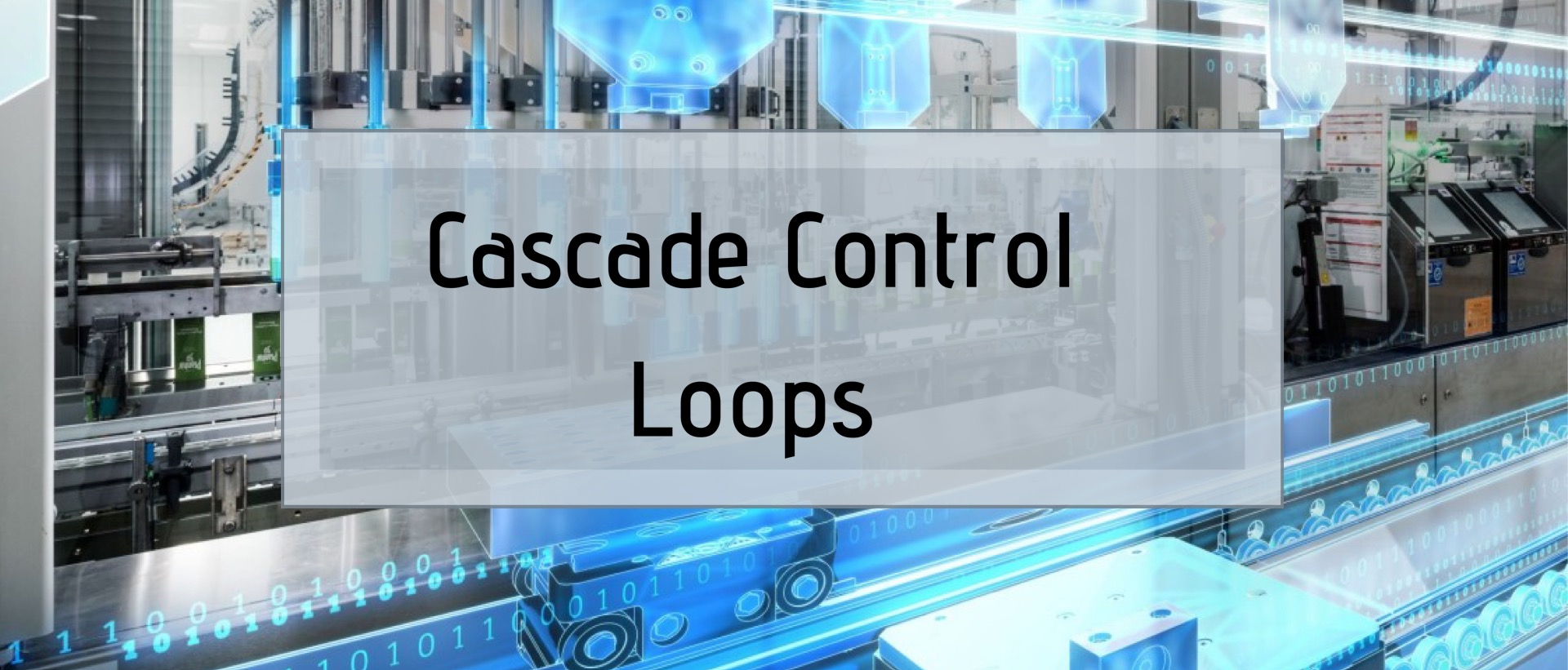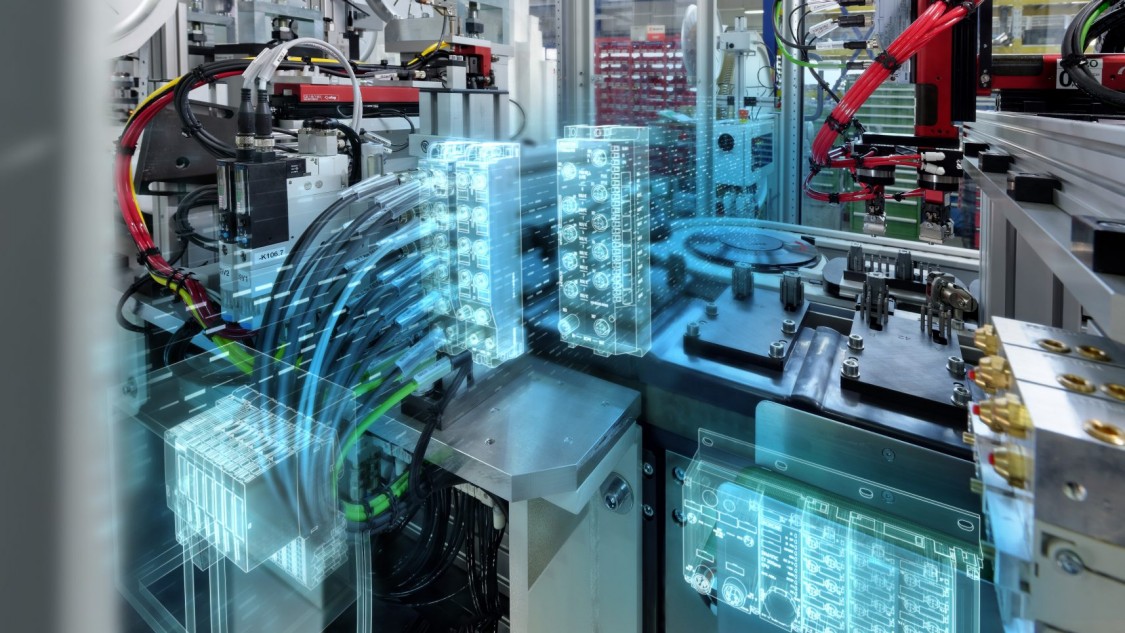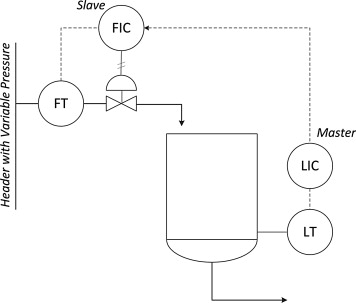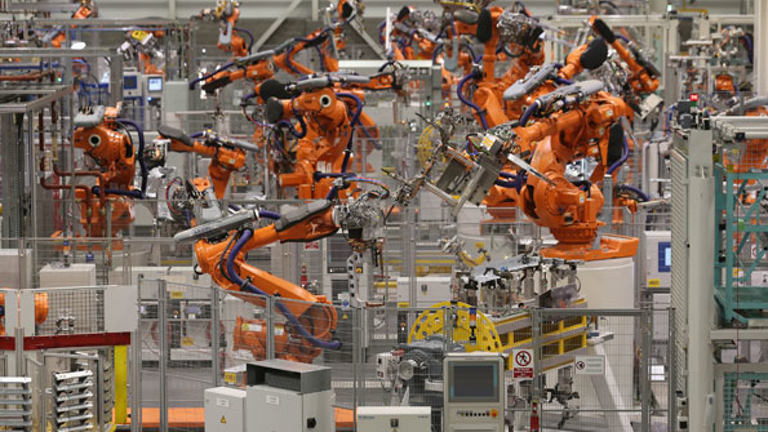Cascade Control Loops
30 June, 2020 | Manufacturing, Industrial Manufacturing, Industrial Engineering, Automation Systems, Cascade Control Loops

In Industrial Engineering today, AI and automated systems are kings, allowing us to focus on more complex, creative work. Of course, what this looks differs depending on the specific field in which it is implemented.
Artificial neural networks, SCADA, programmable logic controllers, and human-machine interface systems are just a few automation systems you might encounter, finding applications in everything from software programming to pharmaceutical processes to machine maintenance and more.
As to be expected, control systems are also critical aspects of automation that keep both domestic and industrial machines running smoothly. A major contributing player? Cascade control loops.

Despite its rather official-sounding name, cascade control is rather easy to understand. A cascade control loop is a system that consists of two feedback control loops wherein one controller determines the output of the other. In other words, the first controller (called the primary) gives orders to the second (called the secondary). Much like a boss delegating tasks to a subordinate worker, this distributes the workload and ensures neither the primary nor the secondary are overburdened. Increased reliability, efficiency, and a faster response to disturbances then follow. Cascade control loops are primarily concerned with controlling the end process, making it suitable for systems that have an additional internal variable that is controllable and measurable. It’s also best for processes with slow dynamics.

While all systems have a time and a place, cascade control loops hold several advantages over others. One of the most significant benefits is that it can respond better and more quickly to sudden changes or disturbances than systems that use a single loop. This is because the inner/secondary loop is closer to the source and has a faster reaction time than the primary one. Issues can then quickly be solved before the primary loop is affected and damaged. In addition to this primary benefit, cascade control loops also:
- Reduce variability in the system’s processes and reduce the severity should any disturbances still arise
- Significantly reduce lag in the secondary loop thus improving the response of the primary one
- Improves the accuracy of control
- Allows the operators in charge to alter the setpoint and the balance point of the control
- Can partially linearize non-linear parts of the process
- Settling time after errors are improved
- Benefit downstream processes by allowing a more conservatively tuned primary loop
- Provide better control of the primary loop and provide limits on the secondary variable
- Allow for easier maintenance and predictive diagnostics
Cascade Control Loop Applications
Because cascade control systems work best when dealing with slower processes, they’re ideal for controlling dynamics like temperature, level, composition, and humidity. However, this is only true if you also have a faster process used to manipulate the slower, such as a gas flow or liquid flow.
Generally, if the secondary loop isn’t at least three times faster than the primary loop or more, cascade control loops aren’t necessarily worth the extra cost and effort. The instability could also be an issue in this case, especially if the secondary loop is tuned significantly more aggressively than the outer or primary. Cascade control would then pose an actual threat to the system rather than a simple inconvenience with too little return.
Real-world applications of this system can be seen at work when water flow rates are manipulated to control condenser pressure. Similarly, changing the flow of steam to control heat exchanger outlet pressure is also a process best left up to cascade control rather than the more straightforward single-loop control.
These may only be two examples, but there are many further uses. This control method can find applications in various machines and throughout Industrial Engineering as a whole. As long as there are additional measurements to work with, cascade control loops are fantastic for efficiency, effectively automatizing processes that previously relied on human intervention.

So, we know where we currently are, but where are we going? The short answer is ever forward. Complex systems like cascade control loops will continue impacting current industries and will continue finding footholds in new ones as time goes on. General automation will also follow suit, thus freeing us from more tedious and time-consuming tasks to allow further focus on creative solutions and innovation.
Various industries will then keep quickly advancing, becoming safer for workers, more cost-effective to run, and less prone to human error. Basically, most industries will simply be more efficient, and future employees will be better off than the ones of today.
Are you interested in learning more about AI's influence on the industrial manufacturing industry? Check out our recent post: What is a Programmable Logic Controller and What is it Used For?










